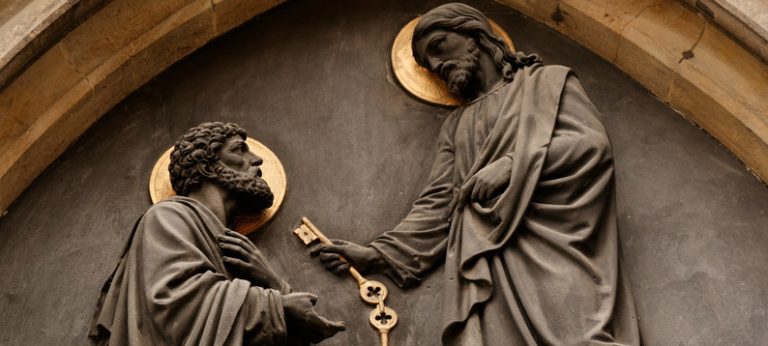As a general rule, the farther from earth that its false idol is, the more advanced the culture. Babylonians, Egyptians, Mayans, and Aztecs all had religions partly centered on celestial objects. They did better than the cultures around them for a very long time.
Worshipping stars and planets allowed cultures to develop the skills at math, record keeping, and organization that helped all parts of their societies to function more adeptly. The same Babylonians and Egyptian skills that allowed them to track movements of the earth, moon, planets, stars, and sun let them calculate precisely how to build pyramids, hanging gardens, great cities, survey fields, and calculate water flows vital for irrigation and food.
Pyramids were popular among the astronomically skilled Mayans and Aztecs as well. Their building and organizational skills, like the Egyptians, came from their obsession with celestial orbs, and made their more primitive neighbors look absolutely incompetent by comparison.
Today, idol worshippers are more short-sighted. Their idols are no farther away than the atmosphere about which they worry so excessively. Tiny, insignificant amounts of carbon dioxide are elevated into an idol to justify raising taxes and increasing their power. Unlike their predecessors in Babylon, Egypt, and Mexico, they are unable to see as far as the sun.
In fact, if they were to consider the sun’s solar cycles as the source of climate changes, their far lower idol, climate change, would collapse. We may assume, then, that the global warmers are vastly more short-sighted than the star-gazers of old.
Therefore, their religion will fall apart more quickly.








